When I plot the following:
library(ggplot2)
ggplot() +
geom_point(data=mtcars, mapping=aes(x=mpg, y=wt, col=factor(cyl)))
Now I want to add different data with different groups and colors
library(ggplot2)
data = data.frame(x = rep(12, times=50), y = seq(1, 5, length.out = 50), c = c(rep(1, times=10),
rep(2, times=10),
rep(3, times=10),
rep(4, times=10),
rep(5, times=10)))
ggplot() +
geom_point(data=mtcars, mapping=aes(x=mpg, y=wt, col=factor(cyl))) +
geom_point(data=data, aes(x=x, y=y, col=factor(c)), inherit.aes = FALSE)
But I get this plot where the colors of the first layer changed. How can I color the second layer after the c variable, without changing the first layer?



